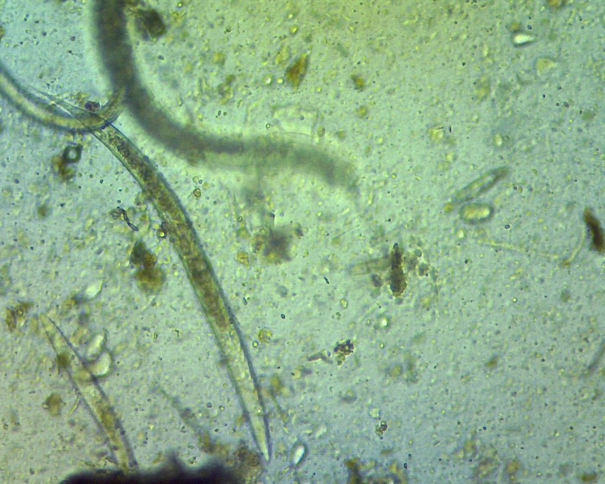
Calendula
Calendula officinalis
Daisy Family (Asteraceae)

Calendula is a self-seeding annual that flowers for much of the year in temperate areas, and while it will die in the deepest winter, more calendula will appear each year due from seeds that survive. Calendula is named While the colourful flowers have antioxidants and the petals can be used in salads etc., the medicinal components are more concentrated in the resinous, sticky green base.
Calendula has many medicinal actions, but it is renowned for its skin support, and also useful internally to support immunity by activating the lymphatic system. It is also mildly antimicrobial.
Skin Care
Soothes insect bites, stings, or plant (e.g. nettle) stings
Soothes sunburn, calming inflammation & promoting new tissue growth
Soothes burns
Soothes chicken pox rashes
Soothes diaper rash, dry itchy skin, or unexplained rash
Hydrates and protects, and supports elasticity
Prevents damage from radiation therapy damage
Supports wound healing
Decreases scar tissue from fresh or old scars
Can decrease dandruff if applied regularly
Postpartum & Baby Care
Soothes irritated post-partum breast and repairs perineum (sitz bath), and heals mastitis
Heals cradle cap
Oral Health
Relieves bleeding gums, periodontal disease, or oral thrush
Relieves swellings
Soothes sore throat
Blood vessel health
Can be used internally or externally to support blood vessel health and reduce varicosities

Lymphatic system & Immune system
Stimulates lymphatic drainage, so supports prevention of infections, relieves swollen lymph nodes after a respiratory infection. It can also help alleviate breast cysts and pelvic cysts.
Its polysaccharides also stimulate the immune system
Digestion
Relieves heartburn and gastroesophageal reflux disease, and peptic ulcers (best as a long-infused tea for ulcers)
Menstrual support
Can help to bring on menses if delayed, alleviate cramps - when taken as a strong infusion
Liver support
Helps address liver stagnation when taken as a strong infusion (bitter)
Antimicrobial
Works against fungal infections, conjunctivitis (pink eye), urinary tract infections, thrush, gum disease

Plant preparations
Internal
- Infusion
- Edible - flower petals in salads, ornamentally; whole flowers in broths
- Tincture
External
- Compress
- Oil
- Balm
- Liniment
- Hydrosol
Cautions
In the Daisy family, which some people react to. It has historically been used to bring on menses so should be avoided in pregnancy.